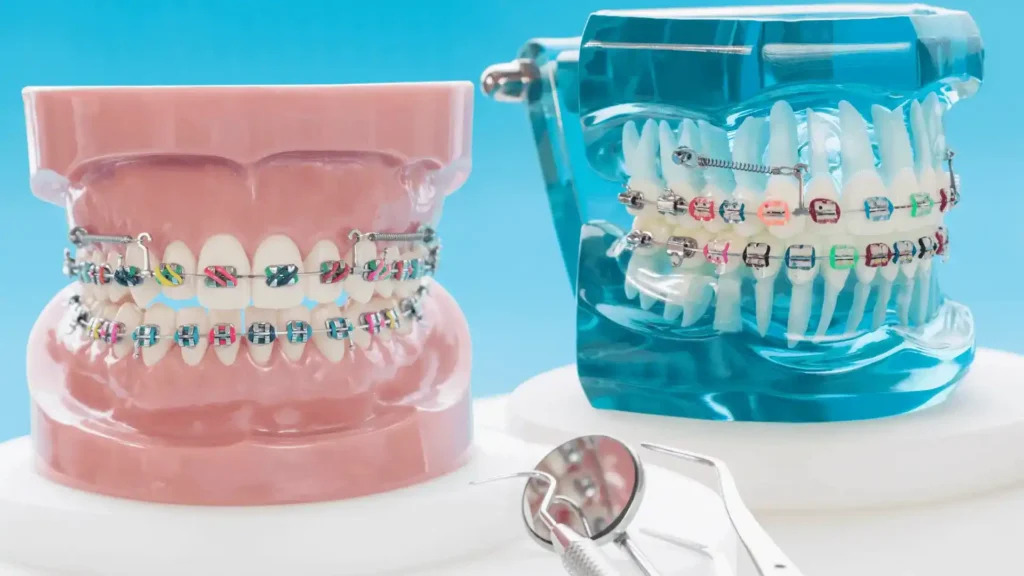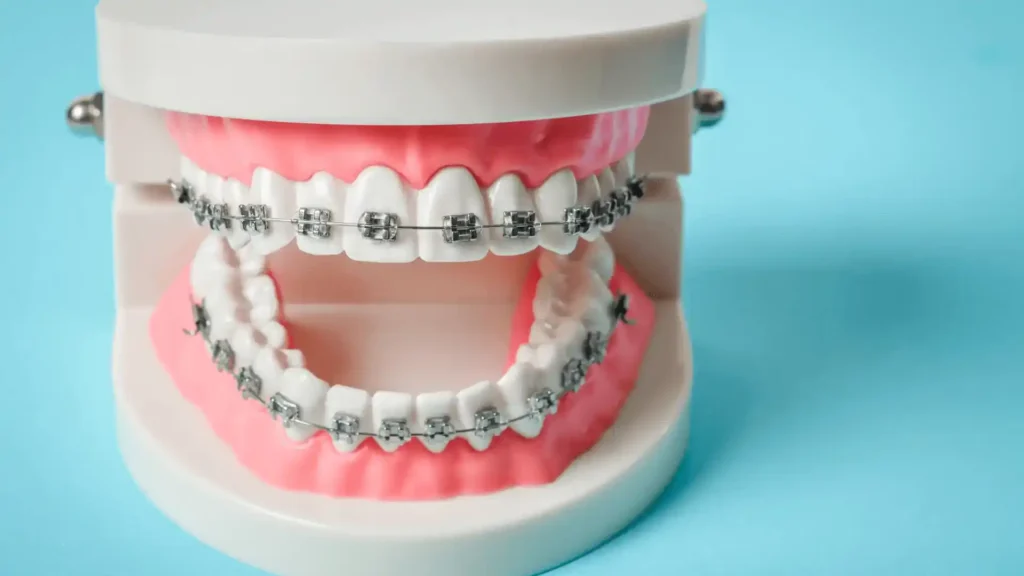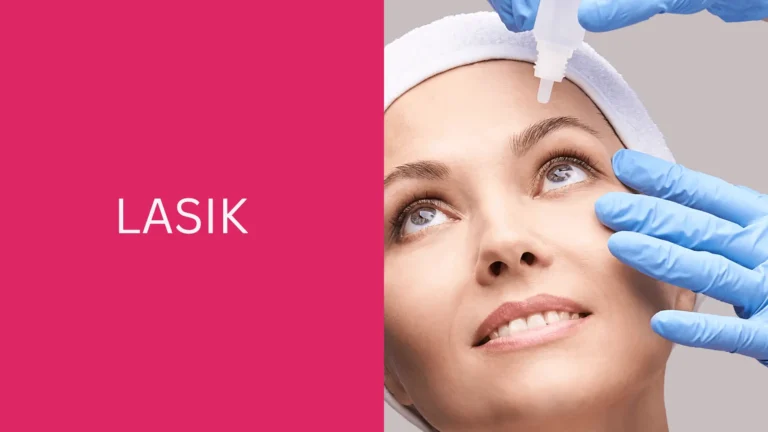Does Insurance Cover Braces, Clear Answer
Does Insurance Cover Braces. Yes, insurance can cover braces, but coverage varies based on your insurance provider, plan type, and the reason braces are required. Most dental insurance plans include orthodontic benefits for children, typically covering 50% of costs up to a lifetime maximum, often between $1,500 and $3,000.
Adult coverage, however, is less common and usually requires additional riders. Braces are a significant financial investment, with costs ranging from $3,000 to $8,000. Understanding your policy details is crucial to reducing out-of-pocket expenses. For families, this coverage can make life-changing orthodontic care more accessible, ensuring both dental health and a confident smile.

Types of Braces and Their Costs
Orthodontic braces come in several types, each with distinct features and price points. Metal braces, the most common and durable option, typically cost between $3,000 and $7,000. Ceramic braces, which provide a more discreet appearance, range from $4,000 to $8,000. Lingual braces, attached to the back of the teeth for a more aesthetic look, can cost up to $10,000. Invisalign, a popular clear aligner system, generally costs between $3,000 and $8,000, depending on treatment complexity.
These costs emphasize the importance of insurance. Orthodontic treatment is not only cosmetic—it plays a vital role in improving oral health by correcting misalignments, preventing tooth decay, and improving jaw function. However, these benefits can come with a significant financial investment.
Insurance can ease the financial burden by covering a portion of treatment costs. Many policies cover around 50% of the cost for children under 18, with lifetime maximum benefits typically ranging between $1,500 and $3,000. Understanding your insurance coverage and selecting the most suitable type of braces is key to balancing treatment needs with financial resources.
Without insurance, the cost of braces can be overwhelming. Compared to other medical expenses, such as chiropractic care, pelvic treatments or Liposuction, braces are often much more expensive. Evaluating your insurance options carefully can help reduce out-of-pocket costs while ensuring your family gets the best care.
How Insurance Covers Braces
Insurance coverage for braces largely depends on the plan and patient eligibility. Most dental insurance plans cover 50% of orthodontic treatment costs for minors, with a typical lifetime maximum benefit of $1,500 to $3,000. Coverage for adults is less common and often requires an additional orthodontic rider.
Health insurance may cover braces if deemed medically necessary, such as for correcting severe misalignment or jaw abnormalities impacting daily functions like eating or speaking. Policies often require pre-authorization, where a detailed treatment plan is submitted for approval.
Coverage is influenced by plan-specific rules, such as waiting periods (6–12 months before benefits apply) and network restrictions, which mandate treatment by in-network providers. Many policies also exclude coverage for cosmetic-only treatments or lost appliances, emphasizing the importance of adhering to care guidelines.
Understanding these details is essential to minimize costs. For example, selecting an orthodontist within your insurer’s network and confirming pre-authorization can maximize your benefits. Additionally, policies for minors generally offer broader coverage, making early orthodontic evaluation beneficial.
Additional Information
When considering whether insurance covers braces, it’s crucial to review your entire insurance portfolio. Many dental plans offer partial coverage, but understanding if you have gap insurance can help fill any coverage gaps, particularly for treatments like Invisalign. If your plan doesn’t fully cover orthodontics, consulting with an insurance agent can provide clarity on your options. Just like with braces, coverage for procedures like Lasik eye surgery or veneer can differ, so it’s important to know exactly what your policy includes.
As you plan for both short- and long-term care, understanding your insurance’s role in orthodontics and other health needs ensures you make informed choices. If you’re nearing retirement, considering your retirement plan and its healthcare options can also help you navigate future expenses. Choosing an insurance agent who understands these nuances can help maximize your benefits and minimize out-of-pocket costs.
Types of Insurance Plans and Their Policies
Different types of insurance plans address orthodontic needs in distinct ways:
Dental Insurance Plans
Most dental insurance plans include orthodontic coverage for minors, typically paying 50% of the treatment cost, subject to a lifetime maximum benefit of $1,500 to $3,000. However, coverage often applies only to treatments deemed medically necessary and excludes purely cosmetic procedures. Waiting periods, often between 6–12 months, may apply before benefits can be used.
Health Insurance Plans
While health insurance usually does not cover braces, it may step in for medically necessary cases, such as severe jaw misalignment or injuries requiring orthodontic correction. These plans require pre-authorization and documentation proving the medical need for braces, such as issues affecting speaking or eating.
Supplemental Orthodontic Insurance
For families seeking broader coverage, adding an orthodontic rider to an existing dental plan can be a smart choice. These riders often expand the scope of coverage to include adult braces or specific types of orthodontic treatments not covered under standard plans.
Each plan has restrictions, such as requiring the use of in-network providers, deductibles, or co-pays. Families should carefully review their policies to ensure they understand coverage limits, exclusions, and any additional costs.
Factors Influencing Coverage – Does Insurance Cover Braces
Several factors determine whether and how insurance covers braces.
Age
Insurance plans often prioritize minors under 18 for orthodontic benefits, as early intervention can prevent more severe issues later. Adult orthodontic coverage is rare and typically requires supplemental policies or riders.
Medical Necessity
Coverage is more likely when braces are deemed medically necessary, such as for correcting severe bite problems, jaw misalignment, or issues impacting eating and speaking. Insurers may require documentation, including X-rays or a referral from a dentist, to confirm the necessity.
Plan Details
Each policy has unique terms affecting coverage. Waiting periods of 6–12 months are common, delaying benefit availability. Additionally, lifetime maximum benefits—usually ranging between $1,500 and $3,000—cap the total insurance payout. Deductibles and co-pays further influence out-of-pocket expenses.
Network Restrictions
Many plans require treatment from in-network orthodontists to maximize coverage. Out-of-network care may result in reduced benefits or full out-of-pocket costs.
Alternatives for Financial Assistance
If insurance doesn’t fully cover braces, several alternatives can help manage the costs:

Payment Plans
Many orthodontists offer interest-free or low-interest payment plans, allowing families to spread the cost over months or years. This makes treatment more affordable without requiring upfront payment.
Discount Programs
Organizations like SmileDirectClub or CareCredit provide financing options and discounts for orthodontic care. Additionally, some dental schools offer reduced-cost braces as part of their training programs.
Healthcare Savings Accounts (HSAs/FSAs)
Families with HSAs or FSAs can use these pre-tax funds to pay for orthodontic treatments, effectively reducing the overall expense.
Non-Profit and State-Funded Programs
Programs like Smiles Change Lives or Medicaid (in eligible states) assist low-income families with the cost of braces, especially for minors with medical needs.
Steps to Maximize Your Coverage
Maximizing insurance coverage for braces requires careful planning and proactive steps:
Conclusion
Insurance can cover braces, but the specifics depend on your plan. While many dental insurance policies provide partial coverage for children, adults often need supplemental orthodontic insurance or medical justification for coverage. Factors like age, medical necessity, and network restrictions can significantly impact your benefits.
Understanding your policy, reviewing coverage limits, and exploring payment alternatives, you can make braces more affordable. Don’t hesitate to contact your insurer or orthodontist to discuss options and ensure you maximize your benefits. With the right planning, achieving a healthy, beautiful smile is within reach.






